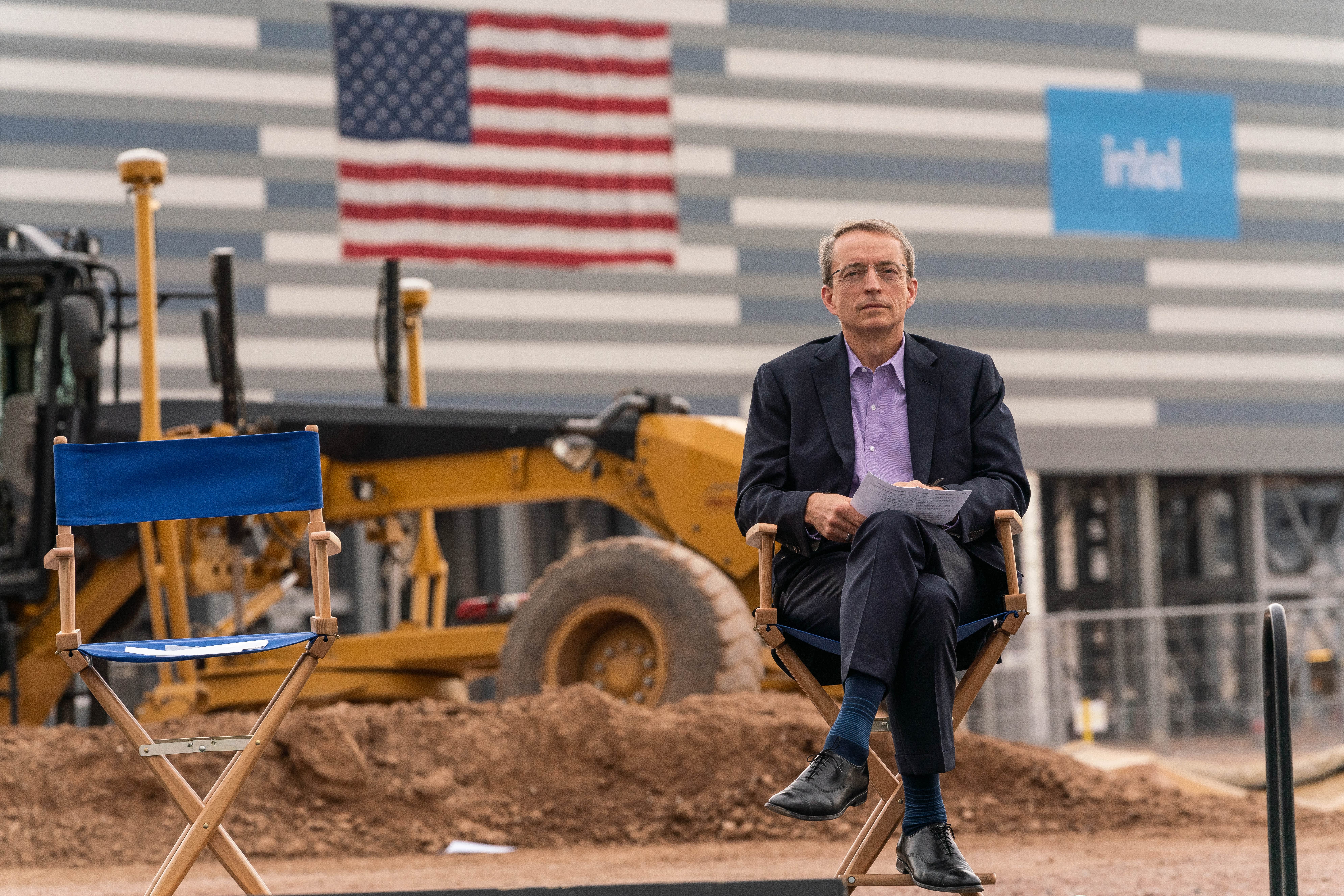For decades, Intel was the leading manufacturer of the most advanced chips in the world. Lately, the company has not been able to keep up with the pace that co-founder Gordon Moore had forecast for the tech industry.
Moore’s Law predicted that the density of transistors that fit on a chip would double roughly every two years.
“Intel was Moore’s Law Company and the undisputed leader,” said Christopher Rolland, an analyst at Susquehanna. “And for something that was supposed to take them two years, it took them more than five.
While Intel’s newly launched Alder Lake CPUs come with competitive features, their chip technology lags behind that of Taiwan Semiconductor Manufacturing Company (TSMC) and Samsung. Fifty years after Intel launched the 4004, the world’s first CPU, it was hampered by several production delays.
“We had some missteps,” said Pat Gelsinger, who took over as CEO of Intel in February. “The strategy was a little confused about the role we were going to play in manufacturing over the long term. And now we are leaning back on it with a clear sense of urgency.”
Gelsinger has an ambitious roadmap to catch up with and outperform Samsung and TSMC by 2025. The key to the plan is a series of huge new chip factories, or fabs, that Intel is building in the US, Europe, and Israel. Together, it will cost more than $ 44 billion to build.
“I think I have more concrete trucks working for me today than any other person on the planet,” said Gelsinger. “We build in Oregon, New Mexico, Arizona, Ireland and Israel.
Doubling production is one of the most important steps Gelsinger has taken since taking office. He also recently announced Intel Foundry Services, a company that is opening Intel’s fabs to make chips developed by Amazon, Qualcomm, and other customers. For decades, markets have rewarded giants like Apple and Qualcomm for being fabulous. But the chip shortage has made chip manufacturing a more attractive business, allowing TSMC, for example, to raise chip prices by up to 20%.
“Building this infrastructure takes time,” said Keyvan Esfarjani, Intel’s senior vice president of Manufacturing, Supply Chain and Operations. “But the good news is that the world is behind building additional capacity.”
Intel Senior Vice President Keyvan Esfarjani and Intel CEO Pat Gelsinger at the groundbreaking ceremony for two new chip factories in Chandler, Arizona on Friday, September 24, 2021.
Intel Corporation
The smallest and most efficient chips in the world are usually referred to as 5 nanometers, a nomenclature that used to refer to the width of the transistors on the chip. They drive state-of-the-art data processing and the latest generation of Apple iPhones. TSMC and Samsung make all of these 5 nanometer chips in fabs in Asia.
“You lost sight of the ball,” said Stacy Rasgon, an analyst at Bernstein. “Once you fall off the treadmill, it’s really very difficult to get back on. It’s a very dynamic and fast-moving industry.”
According to the industry association Semi, 37% of the world’s semiconductors were manufactured in the United States in 1990. Last year, the US market share fell to 12%, according to the association. The government hopes to change that with the CHIPS Act, which provides a proposed $ 52 billion in subsidies for chip companies like Intel that commit to manufacturing in the US
“It’s also starting with building that base in the United States so the United States can become more self-sufficient,” said Ann Kelleher, Intel’s senior vice president of technology development.
TSMC is responsible for 92% of the world’s 5-nanometer chips, according to the Capital Economics research group. This makes the global chip supply vulnerable to natural disasters such as earthquakes and the current drought in the region. Added to this are the escalating geopolitical tensions between China and Taiwan and the trade war between the USA and China.
“Every aspect of defense, intelligence and government operations is becoming more digital,” said Gelsinger. “And we want to rely on foreign technology for these critical aspects of our defense and national security? I don’t think so.”
One of the next steps in Intel’s Playbook is a chip so efficient that the company measures it in an even smaller unit called angstroms, rather than nanometers. Intel said the 18a, developed for 2025, will accelerate the company past its competitors.
“In the long term, we will be the world’s largest integrated silicon designer and manufacturer,” said Gelsinger.
“It’s a big job and I don’t expect him to do it,” said Rolland of Susquehanna. “But if he could keep to that schedule, I think they’d be on par with TSM again.”
Watch the video to see CNBC’s exclusive tour of the cleanrooms of Intel’s huge chip factory in Hillsboro, Oregon, due to open early next year.
https://www.cnbc.com/2021/11/06/how-intel-plans-to-catch-up-to-samsung-and-tsmc-with-44-billion-of-new-global-chip-fabs.html












/cloudfront-us-east-2.images.arcpublishing.com/reuters/JEUL2B5V7BJCFMRTKGOS3ZSN4Y.jpg)



/cloudfront-us-east-2.images.arcpublishing.com/reuters/DYF5BFEE4JNPJLNCVUO65UKU6U.jpg)

/cloudfront-us-east-2.images.arcpublishing.com/reuters/UF7R3GWJGNMQBMFSDN7PJNRJ5Y.jpg)












